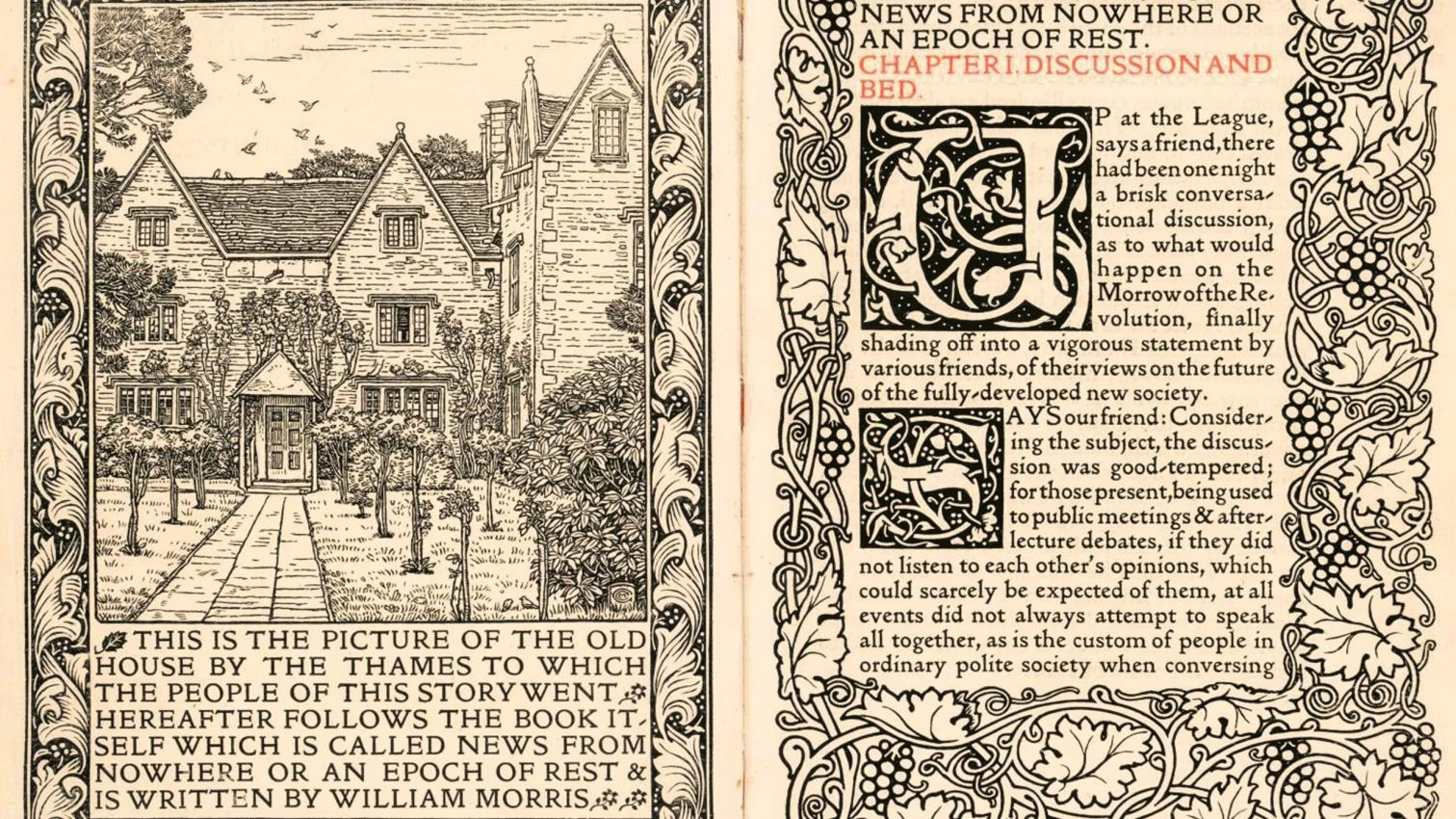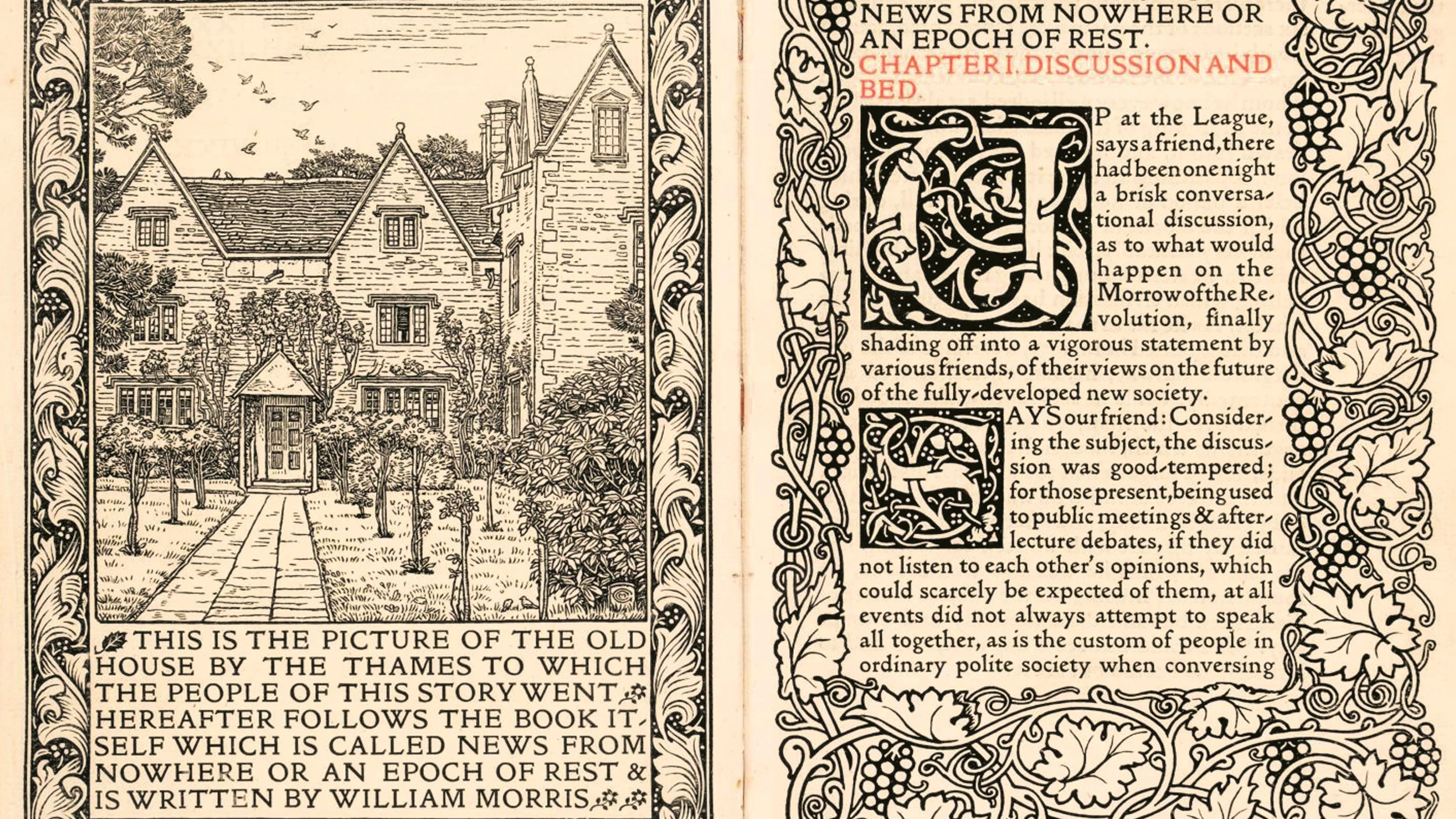
We tend to think that young people are rebels. In truth, all they want is a change of order. At no other age does one rely so much on peers for recognition in the face of a vague adversary. In the final analysis, what they pursue is a revolutionary ideal. But let’s not be fooled: at the heart of it is a survival instinct. In interests there are common denominators: cooperation, helping one another in a shared mission. The process involves identification rites. Dressing a certain way, for example: gestures speak and make us. Or living in a special place: scenes explain intentions and express aspirations. In the belief that we must change the world or take refuge in another.
The artistic collectivism of the 19th century – which is the theme of this book by Julia Ramírez-Blanco, an art historian and critic who taught at the University of Barcelona and now teaches at the Complutense, author, too of Utopías artísticas de revuelta and El tiempo de las plazas – prefigured utopias that would come later. But the present is what clears up the past. Only in this way is it possible to see what others could not. Facts always need to be interpreted by an updated and shrewd eye. We no longer resort to history for self-legitimation, but to delve into its limits. So we don’t end up taking the blame for the mistakes of those collectives, although we somehow recognize ourselves in them. The dreams of others always have something in common with ours. Their reality, however, has little to do with ours.
The best utopia is where love reigns. Sometimes with desire, sometimes not. Why think of women and men, of Brotherhood and Sisterhood. Gender always looms. What for and why (not) create in common. Artists are sensitive. In a community, feelings flourish, inside and out. Without emotion, there is no creation, no life. For life, after all, is the only thing that matters.
Cohabitation and aspirations always generate tensions and frustrations. In the heyday of individualism that the 19th century was, the self-made man took hold (women who succeeded did so on their own accounts, naturally). Brotherhoods show us the other side of one same landscape. It’s time to wonder if individual genius is the quintessence of history, or an elegant way to simplify the narrative.
Those brotherhoods did not only bequeath to us an aesthetic, one that reached far beyond the original nucleus of méditateurs, Nazarenes, pre-Raphaelites, and Arts & Crafts defenders. They also imposed an attitude: authenticity. An ideal which is as risky in art as it is in life itself. Nevertheless, some members of those groups ended up in prestigious positions within the system that they had supposedly been fighting against. This doesn’t mean they failed. They simply grew old. The illusion of living in a better world is a thing of youth, and does not always pursue pragmatic objectives. It tends to come with contradictions, like all utopias. Daring to write about group emotions that weave history involves establishing a new complicity with the past.







